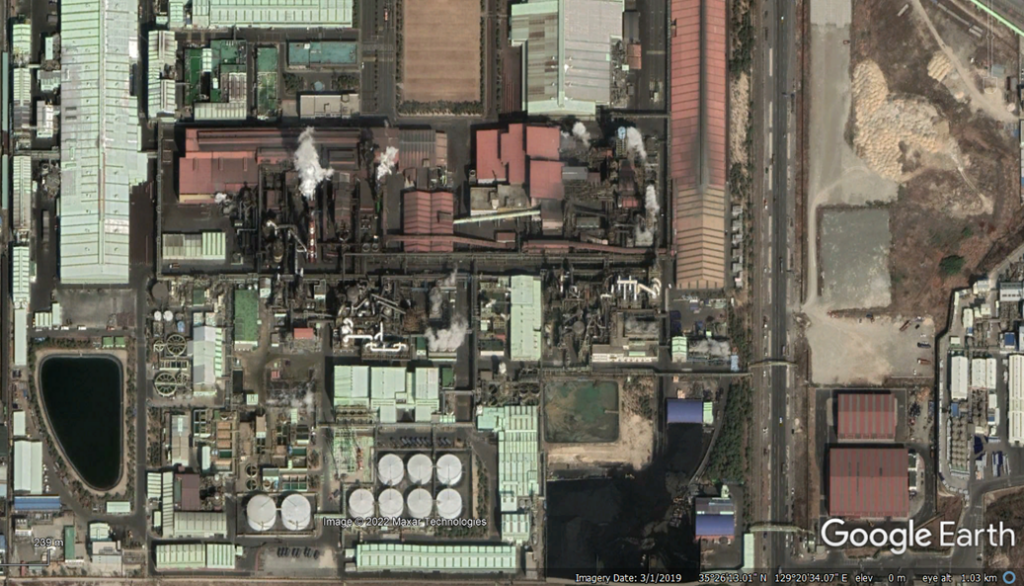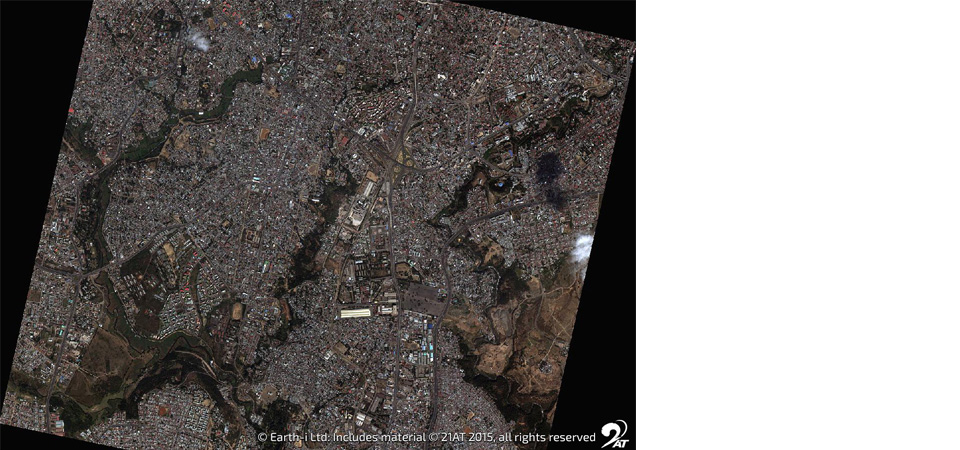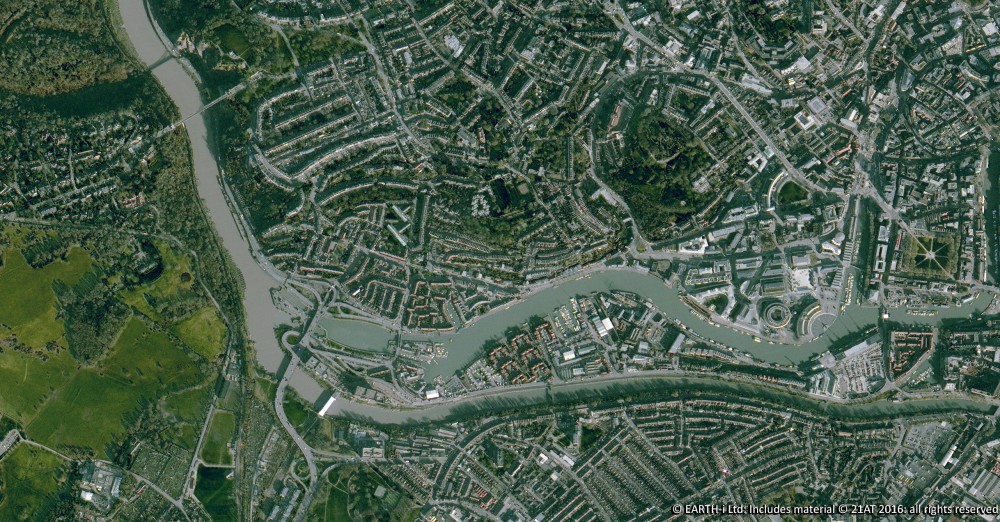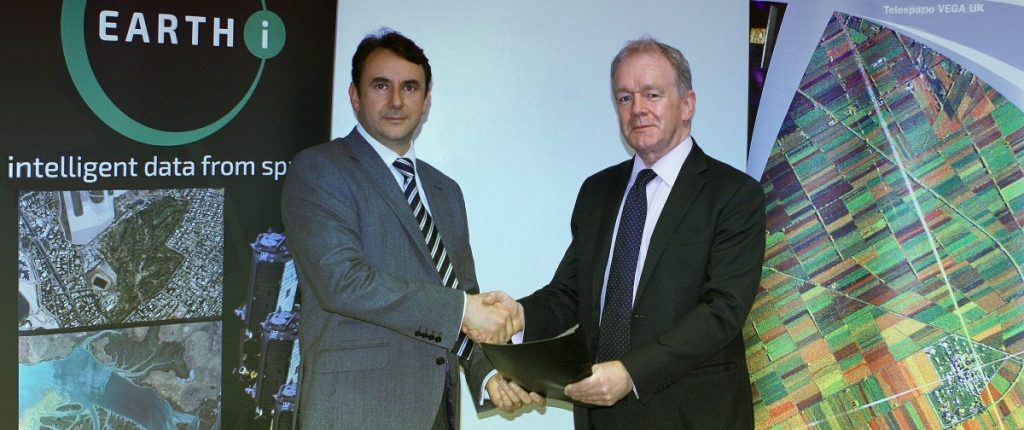SAVANT’s algorithms are very effective at determining activity at smelters by using satellite data to detect hotspots that are characteristic of the smelter in question.
However, for about 10% of smelters, hotspot data is inconsistent, which can result in the smelters being classified as inactive more than they should have been.
We have developed secondary methods to fill in the gaps between good hotspot data and hence determine if the smelter is truly inactive or is actually active at the date in question.
As an example, see the following image (© Maxar Technologies, via Google Earth) for smoke at the Onsan 1 copper smelter.

Smoke such as this is a clear indication of activity at the site.
If SAVANT doesn’t detect hotspots, then a secondary check for smoke is made and the smelter will be marked active if smoke is detected.
We have now implemented secondary detection for all the smelters within Savant that suffered from the inconsistent data. In addition, we have been able to add more smelters to the Savant platform through the use of this technique.
Smoke detection is the most common method of secondary detection. However, we also use other methods on a case by case basis to suit the needs at individual smelters.
Other recent improvements to Savant include an update to the posted capacities of a number of smelters, where more up to date information is available. These minor changes, in turn, make our production figures more accurate.







